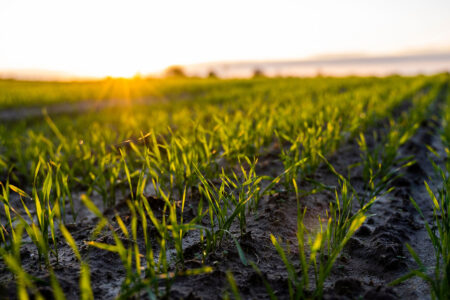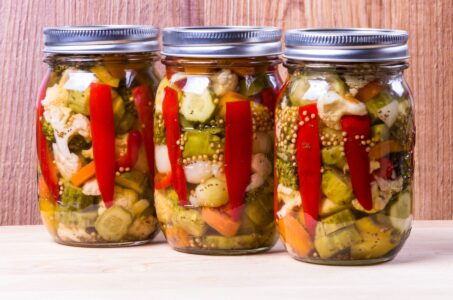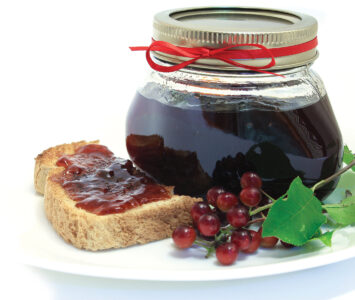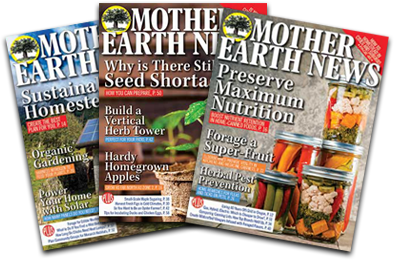Sprouting and growing grain for livestock fodder is a simple and efficient way to not only feed your animals a more natural and fresh diet, but is also a practically effortless way to save money. Imagine for a second that the 50 lb. bag of feed you just bought could grow into 300 lbs. of feed that is more nutrient dense in just nine days. Huh what?! Isn’t just the mere idea of cutting your feed bill worth the try? I think you will be pleasantly surprised.
What is Animal Fodder?
Sprouting fodder for livestock is similar to sprouting seeds for human consumption, but in an extreme degree. Think more along the lines of sprouting wheatgrass than the little bean sprouts you would put on a sandwich. By sprouting grain and harvesting it (feeding it to your animals) right before the sprouts get their second leaves at about 7-10 days, you do not need to use anything more than water to grow them -not even fertilizer. The action of sprouting amplifies the natural proteins, vitamins, mineral, enzymatic activity, omega 3’s, amino acids, natural hormones, and stimulates immune response. Of course the increase in these wonderful benefits varies grain to grain.

The sprouted fodder, no matter what seed or grain you choose to use, is fed whole; greens, seeds, and sprouts as a whole. Commonly used grains for fodder are barley, wheat, and whole oats. Barley, which is the easiest to grow, has a crude protein percentage of 12.7 percent and a crude fiber percentage of 5.4 percent as a seed. These percentages jump to a crude protein percentage of 15.5 percent and a crude fiber percentage of 14.1 percent after an average of seven days of sprouting. By sprouting, the digestibility of the grain increases from 40 percent to 80 percent so livestock will not need to consume as much fodder compared to commercial feed because they are obtaining more nutrition from a smaller volume of feed.*
As far as setting up your own fodder sprouting system, there are many options out there for purchase. The only problem you will run into is that there are no fodder sprouting systems for smaller operations, like say, a homestead where you only have one horse, or a few goats, or a small herd of rabbits, or a modestly sized flock of chickens. For us, you will be left to build your own. But no worries folks! A system can easily be set up using materials you already have laying around or using items from the local discount or dollar store. You’re in good hands here DIY’ers.
Before we start, you will need to figure out how much finished fodder your animals will be eating on a daily basis. I have included a rough estimate for the more common homestead animals, but please do your own research on feed amounts and if necessary, consult your veterinarian. As any responsible animal or livestock caretaker, you will not only need to transition your animals onto fresh fodder, you will need to monitor their growth and maintenance rates to keep them in a healthy condition while you get used to feeding fodder. Some animals will also require roughage or mineral supplements. Please only use these amounts as a guide.

- Horse: 2-3 percent of their body weight in fodder; 1.5 percent body weight in dry hay
- Beef Cow: 2-3 percent of their body weight in fodder; barley straw ration
- Dairy Cow: 3-5 percent of their body weight in fodder; barley straw ration
- Sheep: 2-3 percent of their body weight in fodder; hay ration
- Goat: 2-3 percent of their body weight in fodder; mineral and hay rations
- Dairy Goat: 3-5 percent of their body weight in fodder; mineral and hay rations
- Alpaca: 2-3 percent of their body weight in fodder; hay ration
- Pig: 2-3 percent of their body weight in fodder
- Rabbit: 3-5 percent of their body weight in fodder; hay ration for roughage
- Chicken: 2-3 percent of their body weight in fodder; grit and calcium supplements
Get Started Growing Fodder
To get started in growing your own sprouted fodder, you will need:
- 2″ deep trays (look for inexpensive baking pans or dish pans at your local dollar store) with a moderate amount of small holes drilled in the bottom.
- bulk bag of untreated, feed grade, whole grain seed; barley, wheat, or oats (oats are the more difficult of the three common grain seeds to sprout and is more prone to mold)
- large bucket
- rack or shelf to keep your trays of seed on
- Optional: water pump and hose to re-circulate the water used.
For the best growing results, I recommend that the temperature of your fodder system stays between 63 degrees F and 75 degrees F. The fodder can be grown with only ambient light, so although grow lights or direct sunlight can and will benefit your fodder, direct light is not necessary.
When setting up a rack to put your sprouted fodder trays on, keep in mind that the rack will likely become wet during watering. A simple metal “storage” rack would be wonderful to use especially if a plastic tub of some sort can be placed underneath to catch any water poured through the system. Arrange the fodder trays so that the level below is lined up to catch any water from the tray above. Another good idea would be to drill holes in one side of each tray and then raise the un-draining side by about 1-2 inches. Alternate which side is raised on each consecutive level so that the first tray drains into the second tray, the second tray drains into the third, and so on. You can pour water from a bucket into the first trays or you could set up a small fountain pump on a timer with a hose leading to the top trays to water all of your fodder. Good air circulation is key to keeping mold from growing in your fodder so choose a location for your system that receives plenty of fresh air.

Steps to Growing Sprouted Fodder
(Remember: in order to keep your sprouted fodder growing in a cycle for fresh fodder every day, be sure to start a new batch of seeds every day.)
- Soak the needed amount of dry seed/grain in a large bucket. Fill the bucket with cool water at least two inches above the seeds. Allow the seeds to soak for 12-24 hours or even overnight. A shorter soak time may result in less seeds germinated.
- After the seeds have soaked, drain the water and dump the seeds into the appropriate amount of trays. The seeds should never exceed 1/2 inch deep otherwise mold may develop due to poor air circulation.
- Rinse or water each tray 2-3 times daily. The goal is to provide water for growth, but not allow standing water in the trays. Be sure after watering that each tray has drained well.
- Repeat Step 3 for seven to nine days depending on the growth. Ideally, you will have about six inches of growth by day nine. Growth is very dependent on temperature and water.
- Harvest! Flip your tray over or pull the fodder from the tray and feel confident that you are feeding your animals a more natural feed! Feed the sprouted fodder whole; greens, seeds, and root mat. Because how densely the root mat that develops over the nine days, the fodder can be cut into serving portions with a box-cutter or knife much like a roll of housing carpet.
It really is that simple to grow sprouted fodder for your livestock. Just soak, drain, water and harvest! The most complicated element of this system will be sourcing grain or seeds to use. Of course if you have a local farm supply store, feed supply store, or local grain mill, it will be the most likely place to find seeds to use. Alternatively, seeds or grain in bulk can be found from online resources like Azure Standard, Tractor Supply Company, and state grain mills. A simple google search will probably find just what you need.
*Source: Cuddeford (1989), based on data obtained by Peer and Leeson (1985).
Sarah Cuthill lives with her husband and young daughter in an old Californian gold-rush town and is learning to be more self-reliant though gardening, animal husbandry, and by making things from scratch. Read all of Sarah’s MOTHER EARTH NEWS posts here.







